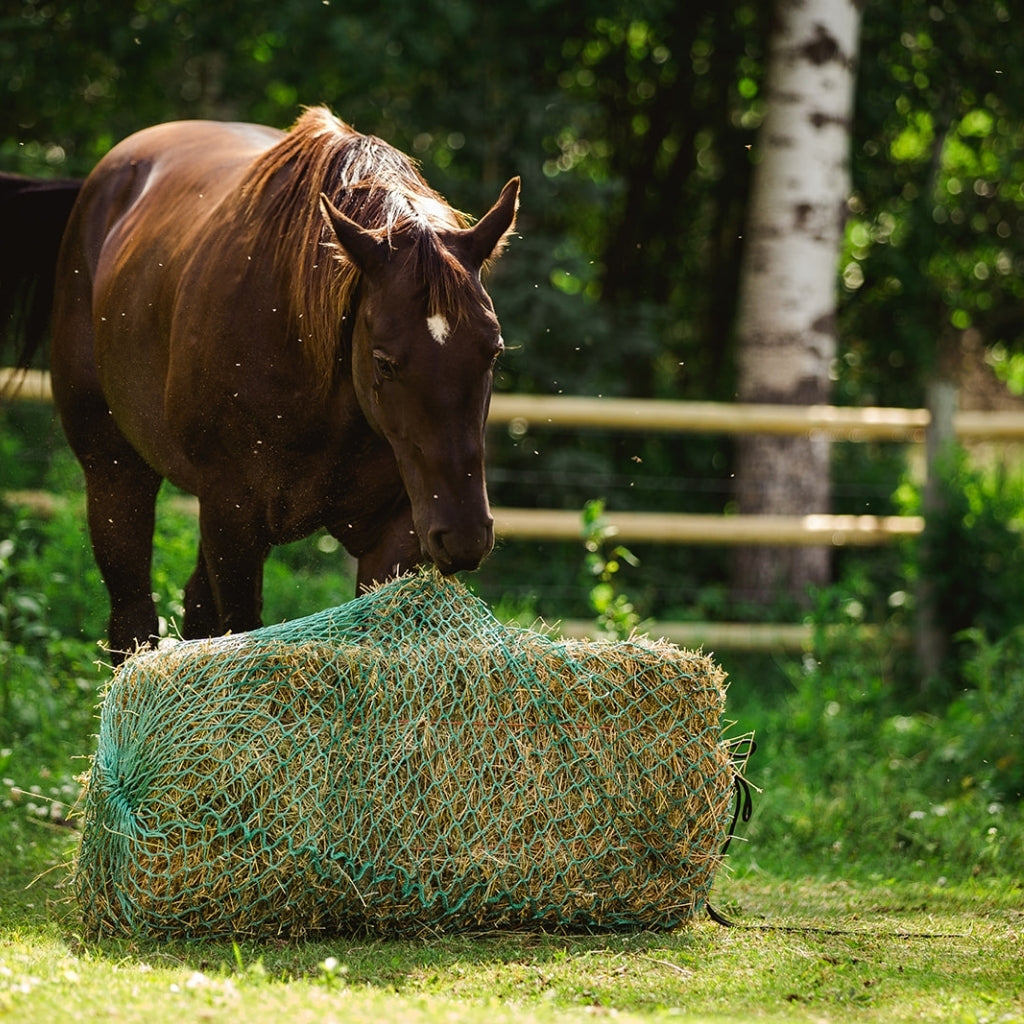Easy Keeper: Making it Easy to Keep Him Healthy
Easy Keeper: Making it Easy to Keep Him Healthy
Equine obesity is a difficult yet highly common issue all over the world, and in the Spot Light book “Easy Keeper, we look at the causes, prevention and solutions. Research on equine obesity started with studies on human obesity, looking at elements like hormonal responses and effect of exercise. Then the research moved to horses, and lo and behold, found that the drivers of weight issues for people are, for the most part, the same as for horses. The Easy Keeper offers four keys to successful equine weight management that not only work, but bring benefits far beyond reducing a horse's girth.
Book Highlights:
- Insulin and leptin resistance
- Body fat and inflammation
- Pasture grazing
- Foods to avoid
- The Four Keys: Losing weight the right way
Need help with sizing?
Need help? Our friendly, knowledgeable team is just a message away. Whether you have questions about sizing or need guidance choosing the right net, we’re here to help you find the perfect fit. Get in touch.
Things you may consider
-
The size of the net hole you choose depends on the type of animal you are feeding, its developmental stage, lifestyle, and what hay type you are providing. See our Net Guide for more information and our Hay Testing page.
general guide below:
1 inch: Ponies, miniature animals, and young mini goats and lambs will all do very well with 1-inch netting.
1.5 inch: This is our most popular size for equines, donkeys, mules, alpacas, goats, sheep, llamas, rabbits, and yes, even chickens!
2 inch: For larger breeds like drafts, warmbloods, working horses, young and older horses, and calves.
2.75 inch: For cattle and horses, when consumption is not an issue, just wanting to keep the hay in the feeder. The 2.75 is a great net, especially in colder climates. It can be used for older horses, growing, working & racehorses, and it works great for cattle. This net needs to be used in a feeder as its larger holes could be a hazard.
-
When introducing slow hay feeding hay nets, always provide loose hay along with the NAG Bag for the first week. Loose hay feedings assist your animal in learning how to "graze" from the nets properly, minimizes the chance of net damage, and prolong the life of your NAG Bag.
Remember, slow-feeding is only as good as the hay that’s being offered. Meeting the animal's needs is very important, and ensuring that you have the correct hay type will help ensure successful net feeding.
Visit our Hay Testing and Articles pages to learn more.
-
NAG Bags will benefit all equines, especially for the care of ulcers, colic, cribbing, aggression and nervous horses. Small but frequent meals are your best defence against the formation of ulcers and promote ulcers' healing. Veterinary-recommended NAG Bags support healthy digestion.
-
NAG Bags offers hay nets in various sizes and capacities to accommodate different needs.
The small-sized hay nets typically have the capacity to hold around 1-2 flakes of hay or a smaller quantity suitable for individual servings. These are often convenient for travel or shorter feeding durations.
The medium-sized hay nets have a larger capacity, capable of holding approximately 5-6 or more flakes of hay. These are ideal for extended feeding periods or for multiple horses.
The large-sized hay nets with the highest capacity are Round Bale and Large Square Bales. The capacity of these hay nets is tailored to accommodate the size of bales, measured in feet (width x height).
It's important to note that the exact size and capacity options may vary between different models or product lines offered by NAG Bags. It is recommended to refer to the specific product descriptions or reach out to NAG Bags directly for detailed information on their hay nets' size and capacity specifications.
-
NAG Bags can be used with shod horses. However, the nets should be placed in a tub, feeder, hay ring, or hung out of the pawing range. We do like to see the net in a lower position, if possible for a more natural foraging position.
-
When Nag Bags hay nets are property introduced, our customers find that their horses prefer to forage from the Nag Bag rather than loose hay. Trickle feeding is natural for them, and they know it. Choose the correct net hole size for your animal to match their needs and hay type.
Please view our Net Guide for more information. Still not sure; please call.
-
Our nets are constructed with longevity and animals in mind. Constructed with high-quality knitted nylon blend material ensuring that our slow feeders' hay nets can withstand rigorous use and maintain their integrity over many uses.



